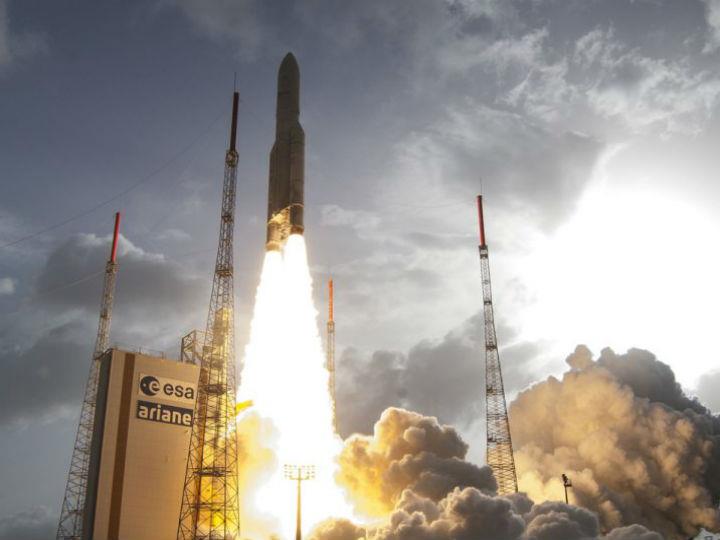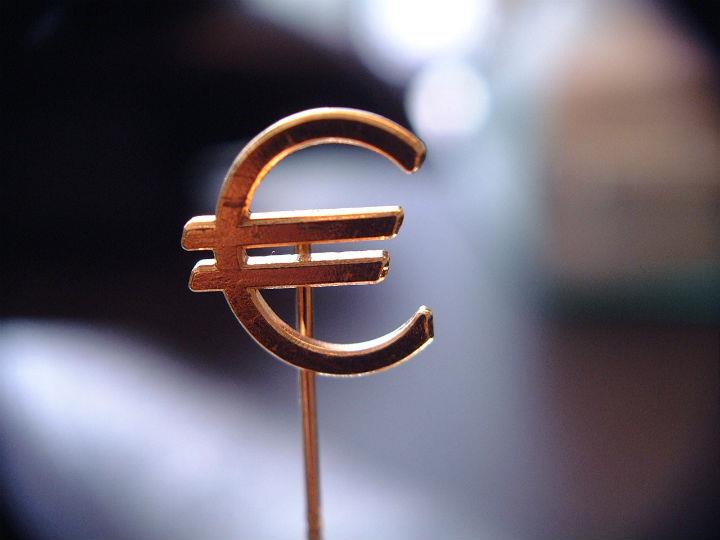by Sam Morgan
Ariane 6 is due to launch later this year after development kicked off in 2014 under the watch of the European Space Agency (ESA). The new model is touted by lead designers Arianespace as a “flexible” entry in its long-running series of launch vehicles.
The Ariane programme’s first four iterations put roughly 50% of the world’s commercial satellites into space, starting in the late 1970s, breaking a United States monopoly over launches. Continuing that trend is the name of the game.
European Commissioner Thierry Breton said the new rocket “is at the core of the objective to guarantee a European autonomous access to space”. The industry chief’s home nation of France has a large stake in the sector as the rockets are launched from ESA’s base in French Guiana.
Arianespace is also a subsidiary of European aerospace giant Airbus and French company Safran. CEO of the ArianeGroup, Andre Hubert Roussel, explained that the loan would be used to cover his company’s share of development costs.
Backed by the European Investment Bank, the €100m in financing will be contingent on Ariane 6 proving itself to be a commercial success once in operation.
Its designers hope that innovations like 3D printing of parts, laser-treatment of surfaces and more efficient management will bring down production costs. Ariane 6 is also aiming to up ESA’s launch capacity to 12 per year, which will in turn drive up revenues.
The head of German satellite builder OHB, Marco Fuchs, told French media that “Ariane 6 has to be competitive to last. That depends on the number of flights and missions. Fewer than five would make it tough.”
ESA’s member states doubled down on the space programme late last year, when they granted the agency a bigger-than-expected budget at a ministerial in Seville. Ongoing negotiations will determine how much ESA can expect from the EU budget over the next seven years though.
The returns promise to be massive: The space economy is worth more than €350m at the moment, according to Morgan Stanley, an investment bank. And its potential could swell to €1 trillion by 2040, as global positioning, earth observation and even space mining go into overdrive.
Houston, we have problems
But the new Ariane 6 rocket, like its Ariane 5 forebear, has a glaring weakness in an increasingly crowded market where competitors are racing to cut down costs and where circular economy matters are starting to take precedence: it is not reusable.
US-competitor SpaceX, founded by Tesla mastermind Elon Musk, has taken a different route though. Its Falcon rockets are reusable, as is its forthcoming ‘Starship’ spacecraft.
Plans are afoot to develop a reusable European equivalent but decisions made back in 2014 mean that the current generation of rockets will remain one-shot launchers.
At a space conference in Brussels yesterday, a delegate from one of Europe’s national space agency’s told EURACTIV that “an opportunity was lost there” and acknowledged that the new rocket could have had a stronger business case if reusability had been prioritised.
Ariane 6 is also not intended for manned use or with the Orion spacecraft, which ESA and NASA are collaborating on. NASA’s successor to the space shuttle will be used to send astronauts back to the moon, to asteroids and even to Mars.
Instead, the US-built Space Launch System will be responsible for sending crews into orbit, with a first unmanned mission launch for 2022. It is currently the most powerful rocket in development worldwide.
ESA is developing the service module for the NASA-led missions though, which will supply oxygen, electricity and propulsion to the spacecraft.
*first published in: www.euractiv.com




 By: N. Peter Kramer
By: N. Peter Kramer
